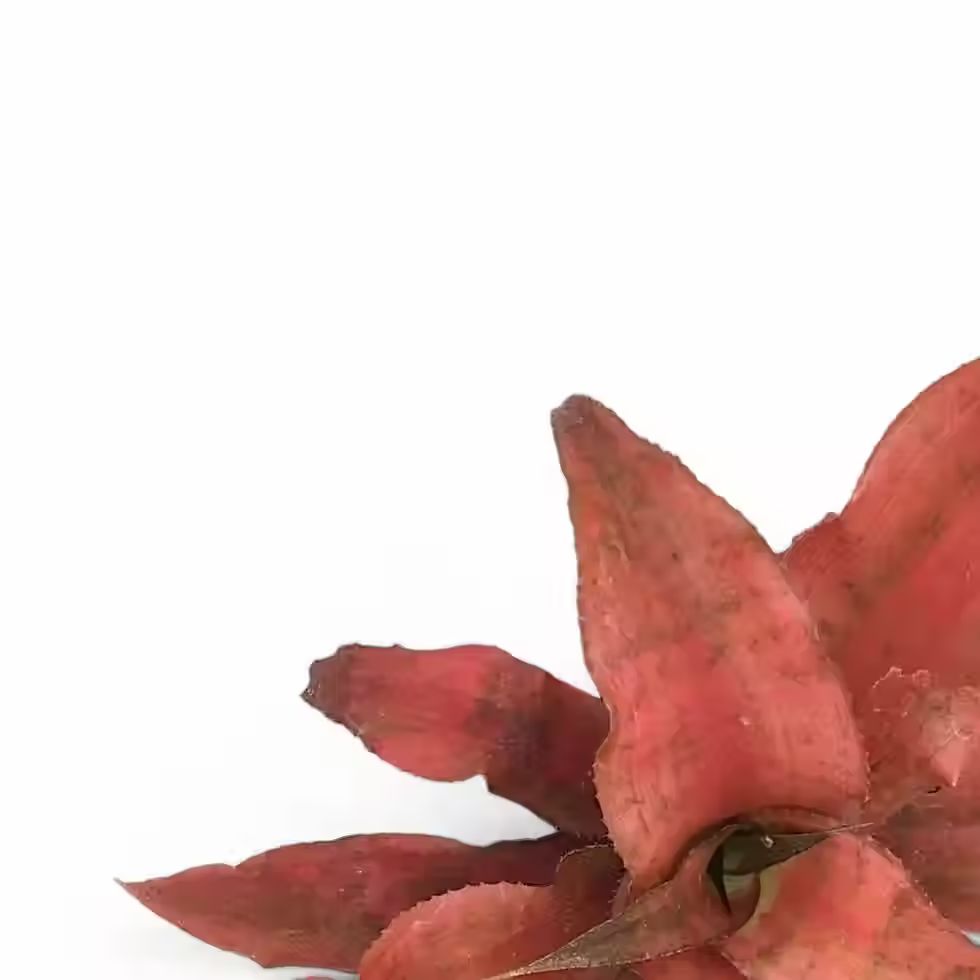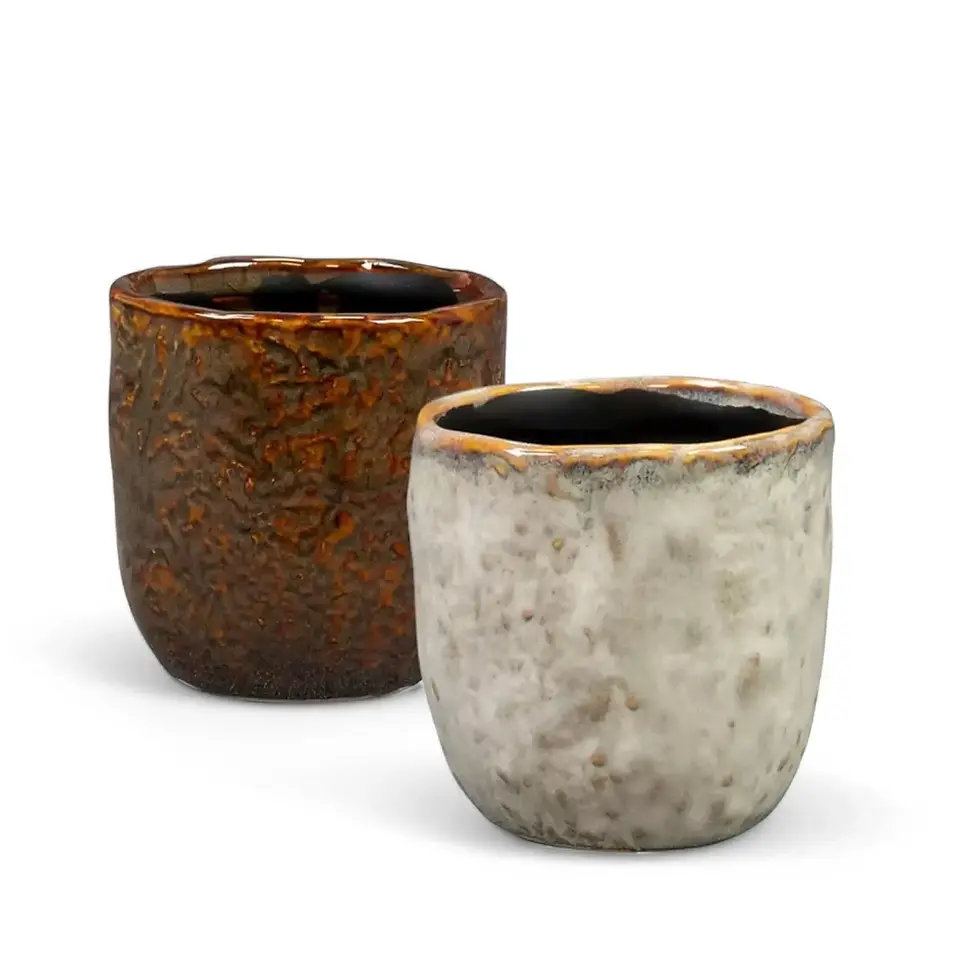Philodendron pedatum 'Glad Hands' - Information and Plant Care
Philodendron pedatum 'Glad Hands' is a striking variant of Philodendron pedatum known for its deeply lobed, narrow leaf blades. This unique hemiepiphytic climber showcases a distinct, appressed climbing growth habit, making it an eye-catching choice for any indoor plant lover. Its intricate leaves and subtle coloration give this Philodendron a refined yet natural appearance that stands out in any collection. The species is celebrated for its adaptability to indoor environments, making it relatively easy to care for despite its complex look.
Key Features of Philodendron pedatum 'Glad Hands'
- Leaf Structure: Deeply lobed and narrow, the blades are pedatisect, split into multiple segments, giving an elegant, finger-like appearance.
- Leaf Texture: Sub-coriaceous and semi-glossy, with medium to dark green shades and a moderate bicolorous quality.
- Growth Habit: Appressed climber that clings to surfaces, with linear-striate petioles displaying medium to dark green hues tinged with a reddish tone.
- Size Variability: Leaves vary significantly in size, adding a dynamic element to its overall aesthetic.
- Stem Features: Petioles are terete or subterete with a weakly glossy surface, flattened at the apex.
How to Care for Philodendron pedatum 'Glad Hands'
- Light: Prefers bright, indirect light but can tolerate lower light conditions. Avoid direct sunlight to prevent leaf burn.
- Watering: Allow the top 2-3 cm of soil to dry out before watering again. Avoid waterlogging to prevent root rot.
- Soil: Use a well-draining mix designed for aroids or tropical plants.
- Humidity: Thrives in moderate to high humidity but can adapt to normal indoor levels.
- Fertilizing: Apply a balanced liquid fertilizer once a month without differentiating seasons.
- Support: Provide a moss pole or trellis to encourage the plant’s climbing habit and optimal growth.
Common Issues and Solutions for Philodendron pedatum 'Glad Hands'
- Yellowing Leaves: Caused by overwatering or poor drainage. Let the soil dry out between waterings and ensure proper drainage.
- Pests: Spider mites, mealybugs, and aphids can attack the plant. Use insecticidal soap , neem oil, or use beneficial insects to treat infestations.
- Root Rot: Occurs due to waterlogged soil. Repot in a well-draining mix and adjust your watering routine.
- Stunted Growth: Typically results from low light levels. Move the plant to a brighter spot with indirect sunlight.
Additional Care Tips for Philodendron pedatum 'Glad Hands'
Understanding the native tropical habitat of Philodendron pedatum 'Glad Hands' helps in replicating the right environment indoors. Maintaining consistent humidity, proper lighting, and a well-draining soil mix will ensure healthy growth. Avoid sudden changes in temperature and drafts, which can stress the plant.
Etymology of Philodendron pedatum 'Glad Hands'
The name "Philodendron" is derived from the Greek words "philo" (loving) and "dendron" (tree), reflecting the plant's natural tendency to cling to trees as it grows. Described by Schott in 1830, the species name "pedatum" refers to the pedatisect leaves, which resemble outspread fingers.
Order Your Philodendron pedatum 'Glad Hands' Today!
Add this striking and easy-to-care-for plant to your collection. Order now to enjoy the refined beauty and intricate leaf patterns of Philodendron pedatum 'Glad Hands' in your home!
Philodendron 'Glad hands' (quercifolium)
Philodendron pedatum 'Glad hands' comes in following sizes:
M – comes in a ⌀ 12 cm pot and is approximately 30 cm tall
L – comes in a ⌀ 19 cm pot and is approximately 65 cm tall

























































